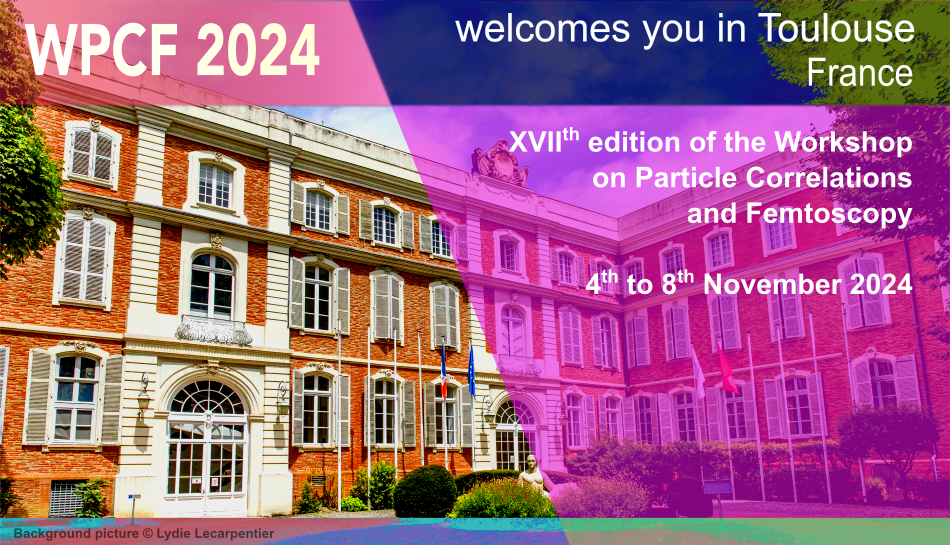Orateur
Description
The analysis of two-particle angular correlation(s) is a state-of-the-art method developed to probe hadron production mechanisms in the pp collisions at ultra-relativistic energies. It characterizes the likelihood of observing a pair of particles emerging from the collision as a function of their relative emission angle and provides new insight(s) into the underlying physical mechanisms. Two-particle angular correlations were measured for all baryon/anti-baryon combinations of identified protons and lambdas in pp collisions at $\sqrt{s}=13.6$ TeV. The results show a significant anti-correlation structure at the near-side region for all baryon-baryon and anti-baryon—anti-baryon pairs instead of a peak. The findings agree with an earlier measurement performed by ALICE with Run 1 data in pp collisions at $\sqrt {s}=7$ TeV and hint at an unidentified mechanism suppressing the production of more than one baryon–anti-baryon pair during the mini-jet fragmentation process. Its origin remains an open question and requires further investigation into the role of particle flavor in the baryon production mechanism.

